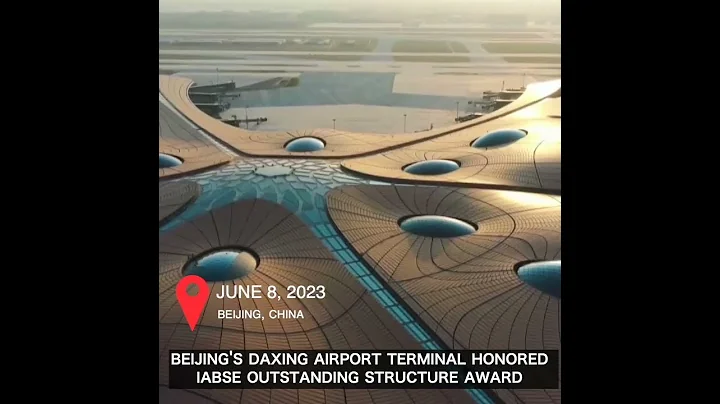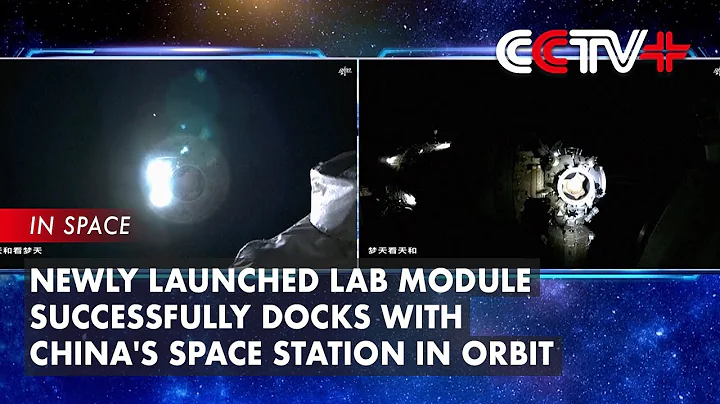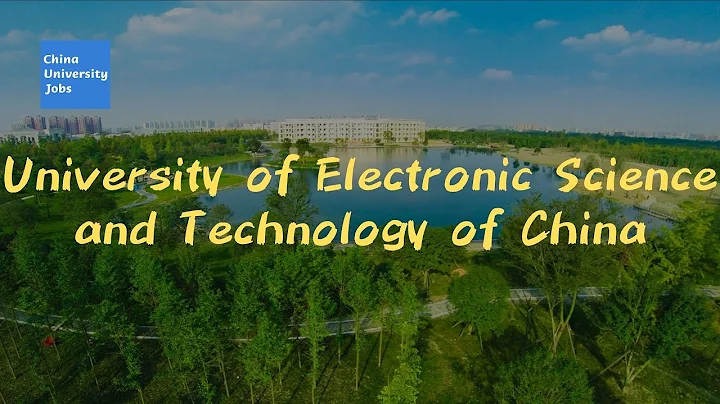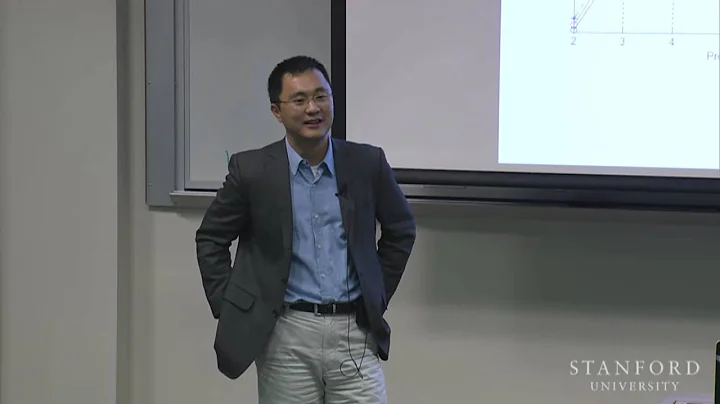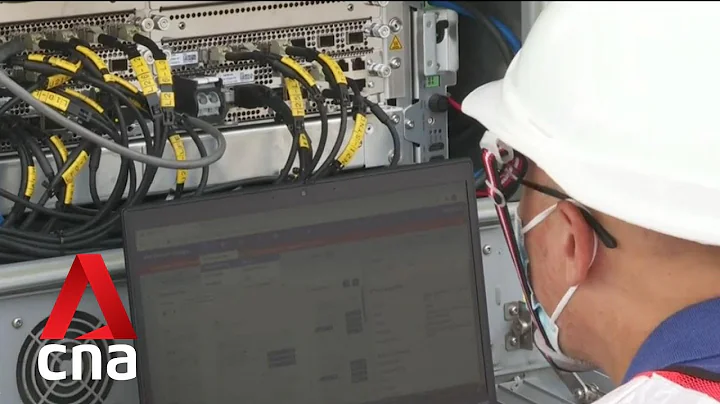Can mobile terminals be charged over the air? Xiong Mingliang, a 2017 graduate of the School of Electronics and Information Engineering at Tongji University and an outstanding graduate of Shanghai in 2022, turned "science fiction" into reality.

Everything starts from scratch
In 2017, Xiong Mingliang went to Tongji University to study for a doctorate in computer science and technology at the School of Telecommunications. His supervisor Professor Liu Qingwen’s Natural Fund project "Distributed Laser Mobile Charging Technology for Mobile Communication Equipment" is about to be launched. The project is oriented to national strategic needs and aims to solve the "last few meters" power wireless transmission problem in smart cities, industrial Internet of Things, robots and other scenarios. He happily joined it. "I hope to do research work that is theoretically based and has breakthroughs. This project is very attractive to me."
Breakthroughs mean difficulty, which is quite difficult for Xiong Mingliang. This is a cross-section of research involving optics and electricity. Coming from a computer science background, he had neither relevant theoretical foundation nor experimental conditions. He did not back down, faced the difficulties and started everything from scratch.
From self-study MOOC online courses to intensive reading of a large number of optical professional books and papers, he supplemented the theoretical knowledge required for optical research; from planning laboratory space to purchasing instruments and equipment, optical components, electronic components, etc., he built a five-organ system Complete optics and circuit laboratories; from watching teaching videos to doing experiments on his own, he gained experience in building optical systems...
That's it, laser resonator construction, beam processing, photoelectric conversion, voltage stabilizing and bucking circuits, maximum Technical difficulties such as power point tracking, heat dissipation and computer simulation were overcome one by one by him.

The sweat and results are always directly proportional. During his PhD studies, he published 17 papers in flagship journals in the field of communications and Internet of Things such as IEEE TWC, IEEE TCOM, IEEE COMMAG, IEEE IOTJ, and international conferences such as IEEE ICC, and was granted 9 authorized invention patents. He mainly participated in the writing of national Two applications including the Natural Science Foundation general project were approved. He served as a reviewer for many journals and conferences such as IEEE TWC. He was awarded the National Scholarship for doctoral students, , Huawei Scholarship, Phoenix Electric Scholarship, Tongji University Graduate Student" Academic Pioneer" and many other awards and honors.
Infrared air charging technology
has achieved phased results after five years of exploration and persistence. At the beginning of this year, the infrared air charging technology developed by him and his team can not only remotely power mobile terminals such as smartphones and AR glasses indoors, but can also provide mobile power for IoT devices such as cameras and drones outdoors in the future. Wireless energy transmission similar to Wi-Fi.


experimental display: the transmitter transmits infrared light to the moving receiver through the air, and the receiver converts the received light energy into electrical energy and forwards it to the mobile phone. For the convenience of testing, the receiver is an external device, which can be miniaturized and integrated into a mobile phone in the future.
"The difficulty of air charging is that when the mobile phone is moving, how to accurately and wirelessly transmit power to the mobile phone, and how to ensure that the transmission of several watts of power is still safe?"
The cat's eyes appear to glow because they can reflect the original path. light. The reflector made according to the cat's eye structure is called cat's eye retro-reflector. It is composed of a mirror and an convex lens . The mirror is at the focal plane of the convex lens. "When I was studying, I thought, what would happen if the mirror was farther or closer than the focal plane?"
He used theoretical derivation and found that the improved cat's eye reflector can not only return reflected light, but also have a controllable focus. Effect. It was precisely because of this discovery that he made a spatially separated laser resonator that can move freely and has extremely low diffraction loss in subsequent experiments.
And this is the core structure of long-distance air charging.It can automatically generate a resonant beam with extremely low diffraction loss between the charging device and the mobile phone, automatically track and align the mobile phone, and achieve accurate charging. The important thing is that when the body is close to the beam, the resonance of the light will be automatically interrupted without causing harm to the body.
He not only designed this laser cavity, but also successfully developed a complete air-to-air charging device. This system has potential value in industries such as national defense, power grids, airports, stations, industrial Internet of Things, and consumer industries.
In addition, he also studied the method of using spatially separated laser resonators to achieve high-speed wireless communications, which can make future wireless connections like " fiber ".
"Making electric energy and information available anytime and anywhere like air is not only an important need for the country's industrial modernization, but also the expectation of each of us who yearn for a better life. I am willing to continue to work hard in this direction." Xiong Mingliang said.

Editor: Wu Baixin
Information: Tongji University
* Please indicate when reprinting from Shanghai Yangpu official WeChat


